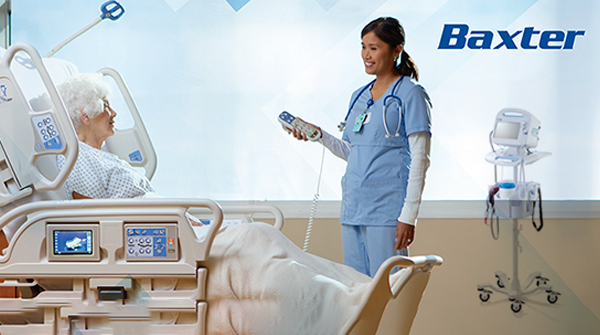TissueCypher® Provides Clinically-Impactful Risk Stratification in Patients with Barrett’s Esophagus
9 September 2023
Castle Biosciences, Inc. (Nasdaq: CSTL), a company dedicated to enhancing healthcare through innovative tests that inform patient care, is set to present new data illustrating the risk stratification performance of its TissueCypher® test. This presentation will occur during the Presidential Plenary Session of the 19th ISDE World Congress for Esophageal Diseases, scheduled for September 8-10 in Toronto, Canada.
Current clinical practice guidelines recommend intervention strategies such as close surveillance and endoscopic eradication therapy for patients with Barrett's esophagus and low-grade dysplasia due to their heightened risk of developing esophageal adenocarcinoma. According to David L. Diehl, M.D., who serves as the director of the advanced endoscopy fellowship at Geisinger Medical Center and holds clinical professorships in medicine and pathology at the Geisinger Commonwealth School of Medicine, the data from this study suggests that patients with Barrett's esophagus who receive intermediate or high-risk TissueCypher results, regardless of their pathological diagnosis or clinical risk factors, could potentially benefit from intensified treatment to detect progression at an early and more treatable stage.
PPL01.2 The Tissue Systems Pathology-9 Test Provides Clinically-Impactful Risk Stratification in Patients with Barrett’s Esophagus: Clinical Experience in a Multicenter Cohort
Presenting Author: Michael Yodice, M.D., Department of Gastroenterology and Hepatology at Geisinger Medical Center
Paper #: 303
Session: Presidential Plenary Session
Date & Time: Saturday, Sept. 9, from 9:15-10:30 a.m. Eastern time
Location: Osgoode Ballroom East
In this study, the researchers analyzed TissueCypher test results ordered by 776 physicians between January 2022 and March 2023 for a total of 4,073 patients with Barrett's esophagus (BE). The majority of these patients were male (61.8%) and were under surveillance in community-based practices (94.9%). Additionally, most patients had a diagnosis of non-dysplastic Barrett's esophagus (NDBE) (95.1%), which is characteristic of the general BE patient population. NDBE patients are typically considered to be at low risk for disease progression based on clinical risk factors. However, TissueCypher identified a subgroup of NDBE patients who received high or intermediate test scores and exhibited a 5-year probability of progressing to high-grade dysplasia (HGD) or esophageal adenocarcinoma (EAC) that was similar to patients with low-grade dysplasia (LGD) (9.1% vs. 9.4%).
TissueCypher also identified low-risk subsets of BE patients with diagnoses of indefinite for dysplasia (IND) and LGD, who had a similar risk of progression to NDBE patients. These patients could potentially receive less intensive management and be safely managed through a surveillance-only approach.
These findings demonstrate that TissueCypher provided valuable risk stratification information that was independent of clinicopathologic risk factors. This information allowed for the tailored management of BE patients, which included recommending surveillance-only management for those at low risk of progression and more intensive surveillance or treatment for those at high risk of progression. Furthermore, the data suggest that widespread use of TissueCypher test results could enhance the early detection of NDBE patients at higher risk of progression patients who might not be identified using the current standard of care surveillance recommendations and enable them to receive escalated care to prevent progression to EAC.
Source: businesswire.com

